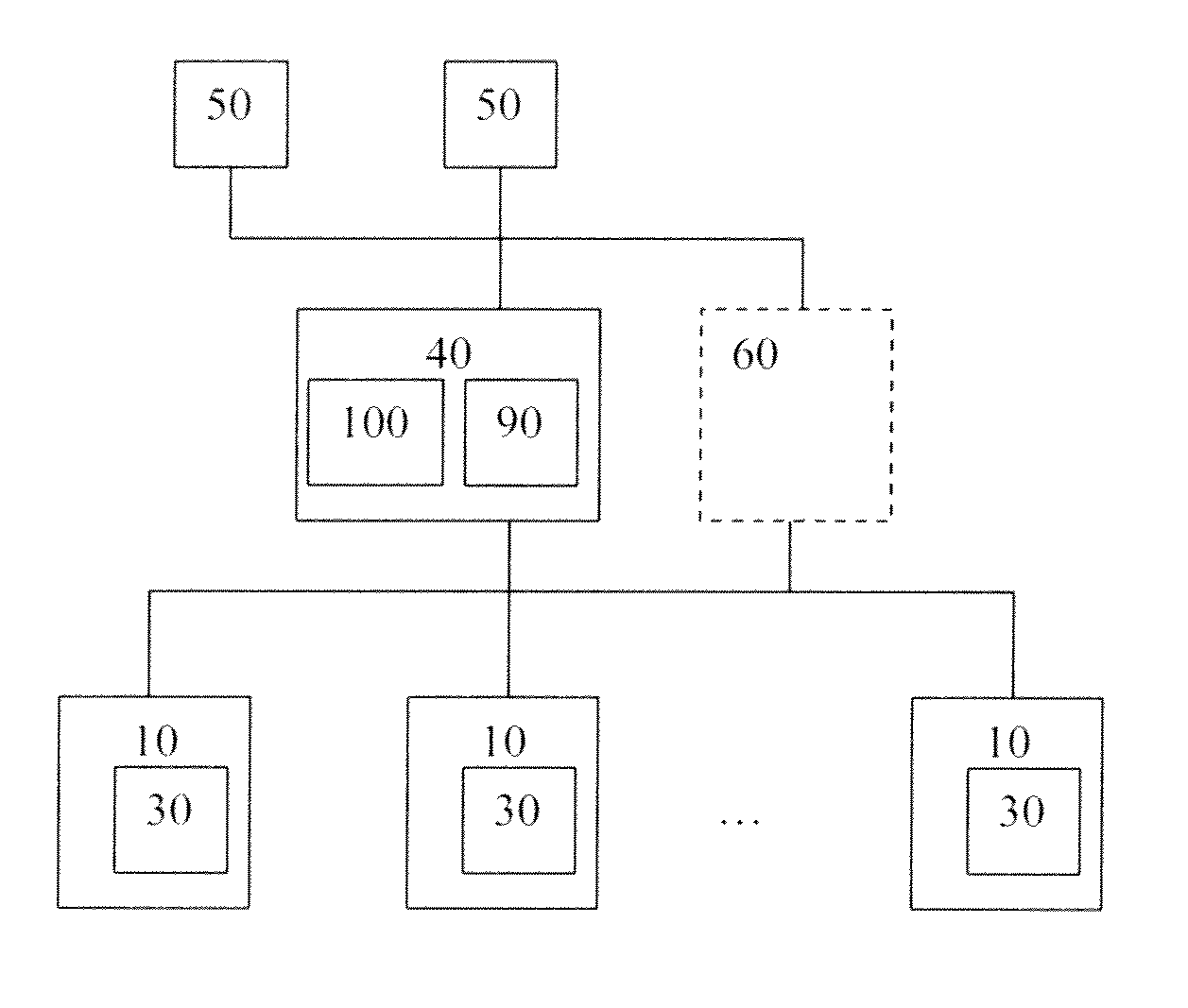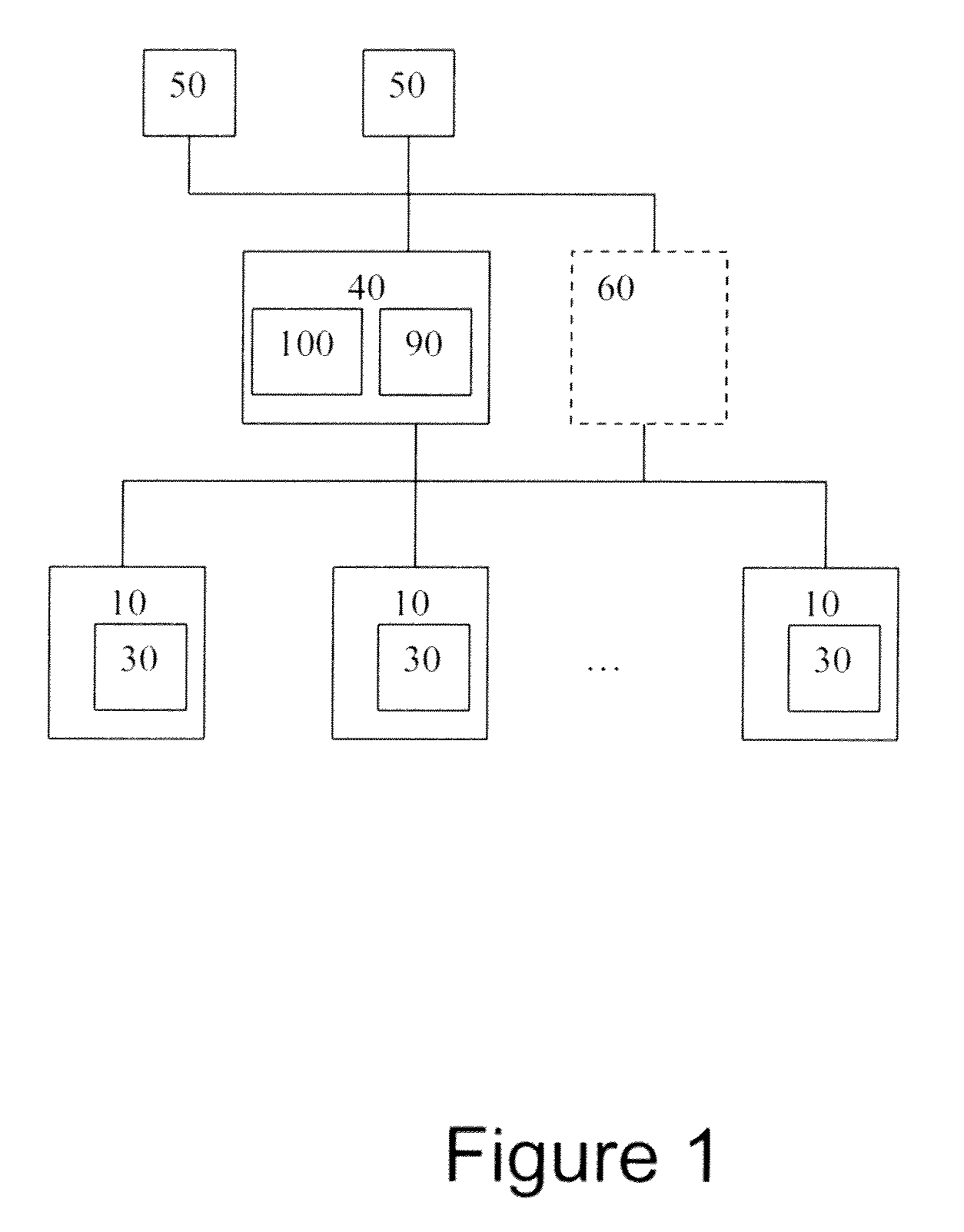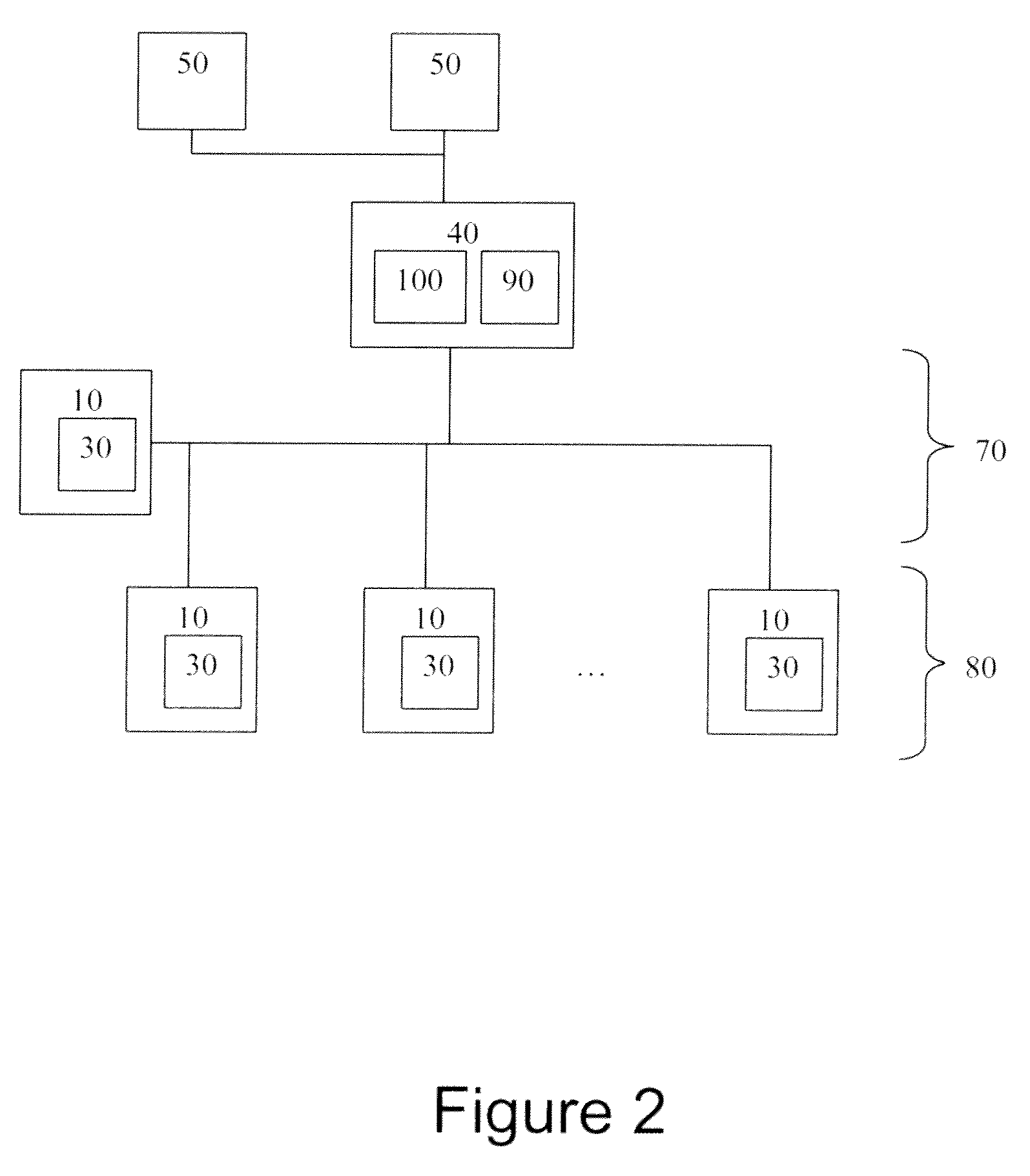Automated method for identifying and repairing logical data discrepancies between database replicas in a database cluster
a database cluster and automatic method technology, applied in the field of database, can solve the problem of little benefit in improving transactional performan
- Summary
- Abstract
- Description
- Claims
- Application Information
AI Technical Summary
Benefits of technology
Problems solved by technology
Method used
Image
Examples
Embodiment Construction
[0014]In an equal-peer architecture, the multi-node cluster 1 of shared-nothing database nodes 10 comprises a number of architectural elements as shown in FIG. 1 including a set of two or more database nodes 10. Each of the database nodes possesses a separate collection of relational or otherwise structured data connected by a communication network 20. Each node may be running standard, off-the-shelf, RDBMS software and each one of these nodes 10 is self-contained, with each node running, its own instance of RDBMS software, and independently managing its own databases 30 within the cluster. Preferably, each database node 10 shares minimal resources with the other database nodes 10 in the cluster 1. The nodes may be on separate physical hardware or separate virtual nodes on a larger computer.
[0015]A cluster controller 40 manages the interactions that occur between the database nodes 10 in the cluster and the various database client nodes 50 that need to read data from the cluster 1, ...
PUM
 Login to View More
Login to View More Abstract
Description
Claims
Application Information
 Login to View More
Login to View More - R&D
- Intellectual Property
- Life Sciences
- Materials
- Tech Scout
- Unparalleled Data Quality
- Higher Quality Content
- 60% Fewer Hallucinations
Browse by: Latest US Patents, China's latest patents, Technical Efficacy Thesaurus, Application Domain, Technology Topic, Popular Technical Reports.
© 2025 PatSnap. All rights reserved.Legal|Privacy policy|Modern Slavery Act Transparency Statement|Sitemap|About US| Contact US: help@patsnap.com



